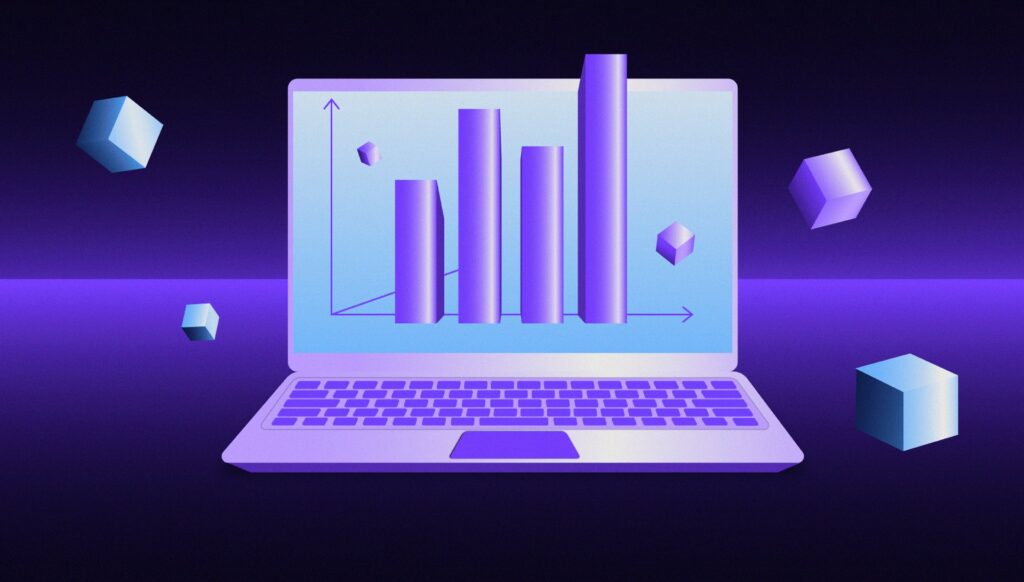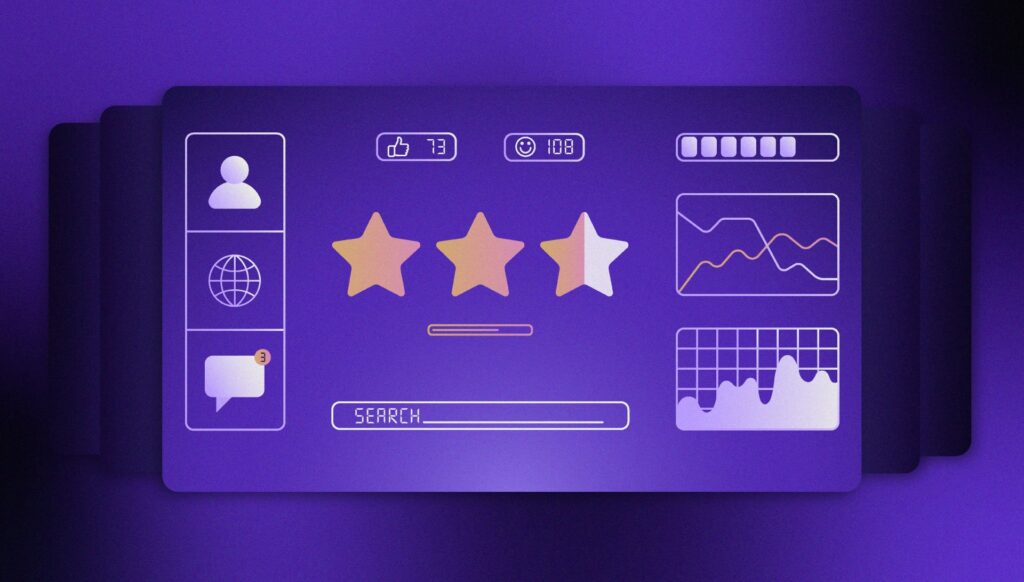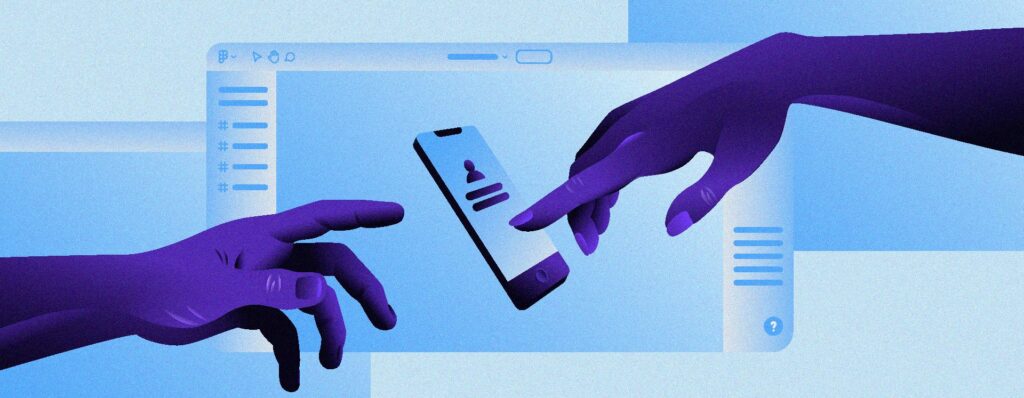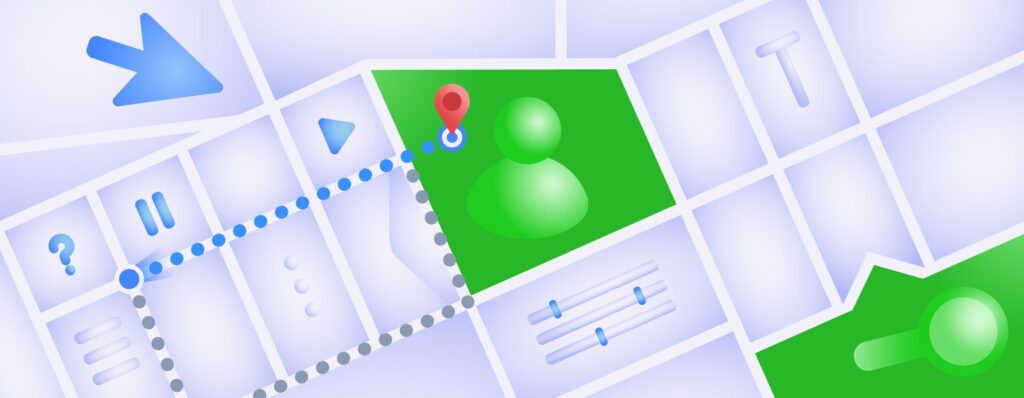Design process: Your complete guide
Designing anything, whether it’s a new product, a building, or a brand logo, requires a systematic approach to create something that is functional and visually appealing. That’s where the design process comes in.
In this guide, we’ll explore what the design process is, why it’s important, the stages involved, how you can adapt it to your needs, and provide some useful tips for using it effectively.
What is the design process?
The design process is a step-by-step method that designers use to solve problems or create a new product or service. It provides a structured roadmap for designers to follow, ensuring that their work is organized and well thought out.
While there are variations in the design process depending on the specific industry or project, the core principles remain the same.
Why is the design process important?
The design process is important for a variety of reasons. Let’s look at the key reasons why this disciplined approach is so valuable in design projects:
- Clarity and organization: One of the biggest advantages of the design process is that it brings clarity and helps designers establish a clear understanding of the problem they are trying to solve. Following the design process methodology enables designers to navigate the challenges they face and remain focused on their goals.
- Efficiency and consistency: By following a defined framework, designers can work more efficiently, saving valuable time and resources. The process streamlines their workflow, minimizes errors, and encourages consistency across various design projects. This also makes it easier to replicate successful results in the future.
- User-centric approach: The design process supports a user-centric approach by encouraging designers to gain a deeper understanding of their target audience. This enables design teams to create innovative products that meet users’ needs and expectations.
- Collaboration: Following a structured framework makes it easier for designers and other professionals to collaborate and bring their ideas to life. The design process provides a common framework for effective communication and helps to align team members around a shared vision.
What are the stages of the design process?
While the design process may vary depending on the industry or project, it typically consists of the following stages:
Stage 1: Define
The first step is for the designers to define the problem they are trying to solve by conducting thorough market research and analyzing relevant data. The goal is to gain a clear understanding of the project’s objectives and the needs of the target audience.
The design team should try and answer key questions, including:
- What problem do they want to solve?
- Who is facing the defined problem?
- Will the product help the target audience overcome the defined problem?
- What are the requirements for the project?
- What goals do they hope to achieve?
- Are there any limitations e.g. budget or time constraints?
Suggested reading: If you learn more about conducting research in the design process, check out Effective UX Research: Preparing for Research
Stage 2: Ideate
During the ideation stage, designers brainstorm and generate a wide range of ideas and concepts. They explore different possibilities, challenge assumptions, and think outside of the box. This stage encourages creative thinking, challenges assumptions, and aims to generate a diverse pool of potential solutions.
Taking this approach increases the likelihood of design teams discovering unique and innovative solutions.
Stage 3: Prototype
Creating a prototype or mockup is the most visual part of the design process. Prototypes can take various forms depending on the project, such as sketches, wireframes, or interactive mock-ups. These prototypes are used to visualize and test the design concepts.
Stage 4: Test
In the testing stage, designers gather feedback on the prototypes from users or stakeholders. The user should be asked relevant questions such as:
- Did the product solve their problem?
- What was their first impression of the product?
- Did they face any challenges when using the product?
- What could be done to improve their experience?
This feedback helps identify strengths, weaknesses, and areas for improvement. Prototype testing and refinement ensure that the final design meets the needs and expectations of the intended user.
Stage 5: Implement
After finalizing the design based on user feedback, the implementation stage begins. This involves translating the design into a tangible product, service, or experience. The design team will often collaborate with other professionals, such as developers or manufacturers, to bring the design to life.
Stage 6: Measure
The final stage of the design process is to measure how effective the final design is once it’s released. This stage involves gathering data, analyzing metrics, and measuring design performance against the project’s objectives.
Measurement can take various forms depending on the nature of the design. For example, designers may track user engagement or conversion rates when assessing the performance of a new digital product.
The purpose of the measurement stage is to determine whether the design is meeting its intended goals and to identify areas for improvement.
Suggested reading: If you want to find out more about assessing product success, check out How to Measure Product Launch Success: 12 KPIs You Should Be Tracking
How can I adapt the design process to my needs?
The design process is flexible and can be tailored to suit your specific needs and requirements. You should modify the design cycle and spend more or less time on various stages depending on your circumstances.
Here are a few tips to help you customize the design process to suit your project:
- Understand your project requirements: Gain an in-depth understanding of the specific goals, constraints, and target audience of your project. This will help you tailor the design process to suit your specific needs and objectives.
- Modify the stages: You do not need to follow these design stages rigidly. You may need to adjust the order or focus on certain stages to ensure the best outcome. For instance, if you have a tight timeline, you may choose to prioritize prototyping and testing over extensive ideation.
- Collaborative adaptation: Involve your entire design team in adapting the design process. Ask for their input and expertise to customize the process to fit the project’s needs.
- Reflect and adapt: After completing a project, take the time to reflect on the design process and its outcomes. This will allow you to adapt the design process to optimize your design outcomes in the future.
Tips to use the design process effectively
- Remember that the design process is not linear. Using the framework effectively often involves moving back and forth between the various steps. You may need to return to previous steps to evaluate earlier decisions or gather additional information.
- Embrace a user-centric approach. Put the needs and desires of your target audience at the centre of the design process. Adopting a user-centric approach can significantly boost revenue as 86% of consumers are willing to pay more for a better customer experience.
- Test early and often: Incorporate user testing throughout the design process. Testing your design concepts and prototypes with real users will help you gather valuable insights and identify issues early on in the design cycle.
- Take regular breaks: Various studies have highlighted the importance of taking regular breaks when working on complex problems. Design can be a mentally demanding process and taking some time to recharge will help you gain new perspectives and approach your design challenges with renewed creativity and focus.
Suggested reading: If you want to find out more about the role of user experience (UX) in design, check out All You Need to Know About Effective UX Research Part 2: Conducting the Research
Final thoughts
The design process is a valuable tool for any designer, providing a structured approach to problem-solving and creation. To use the design process effectively, remember to adapt the framework to your specific needs, prioritize user testing, and encourage regular breaks to maintain creativity and focus.
By following the stages of the design process, designers can boost efficiency by streamlining workflow and minimizing errors. Its user-centric approach also ensures that designs meet the needs and expectations of users, leading to innovative and user-friendly products.
So, dive into the design process, unleash your creativity, and watch your ideas come to life!




